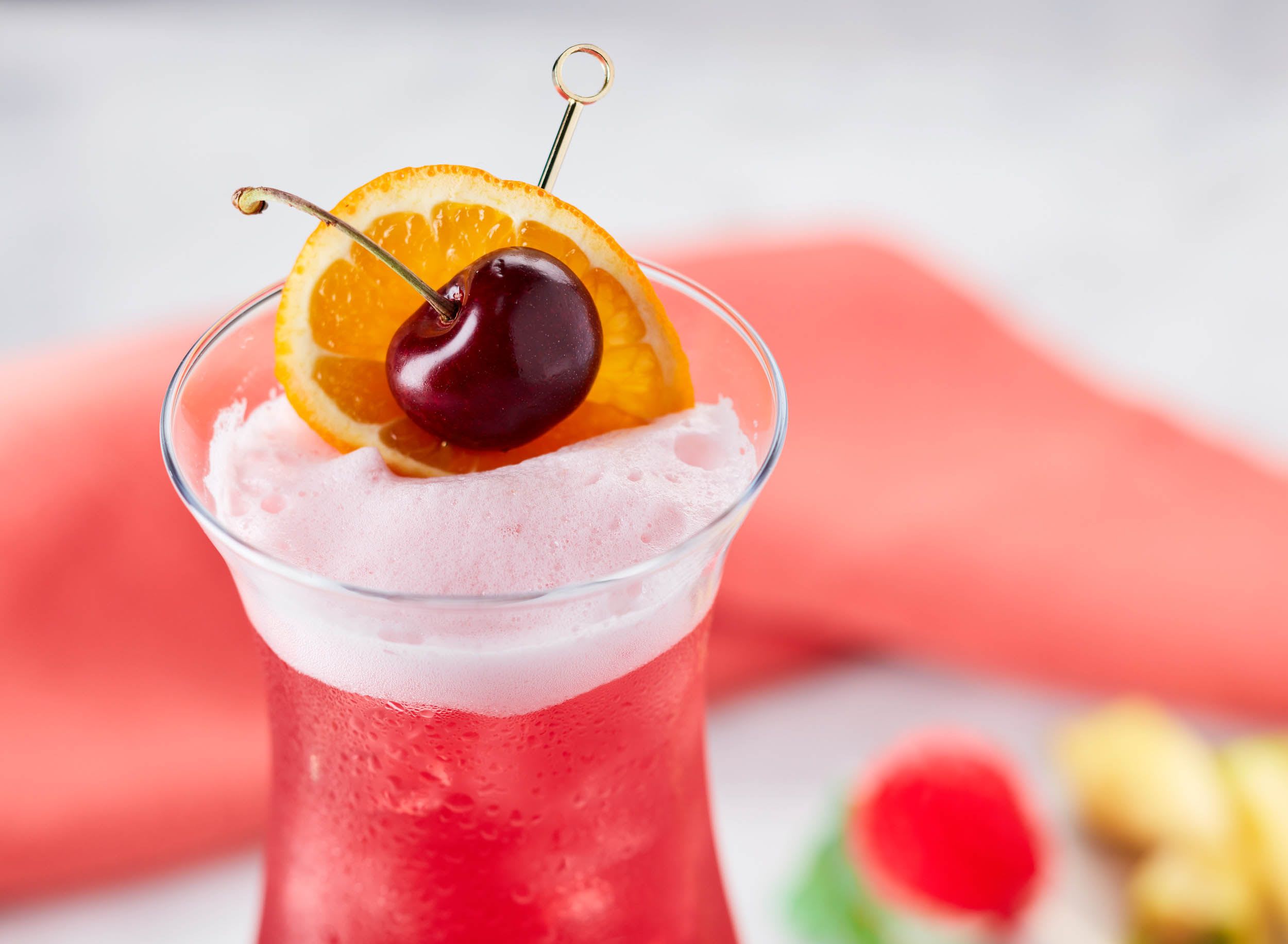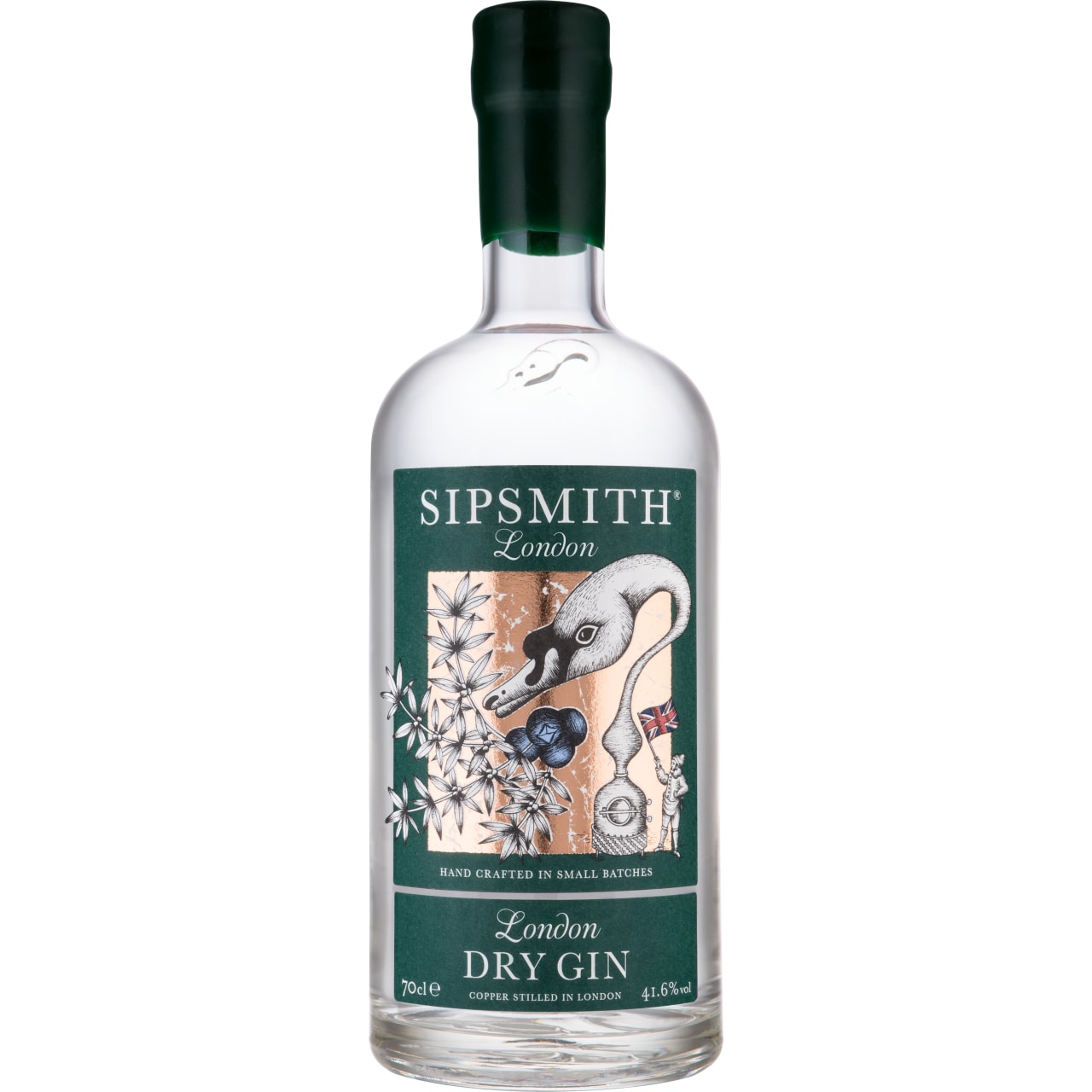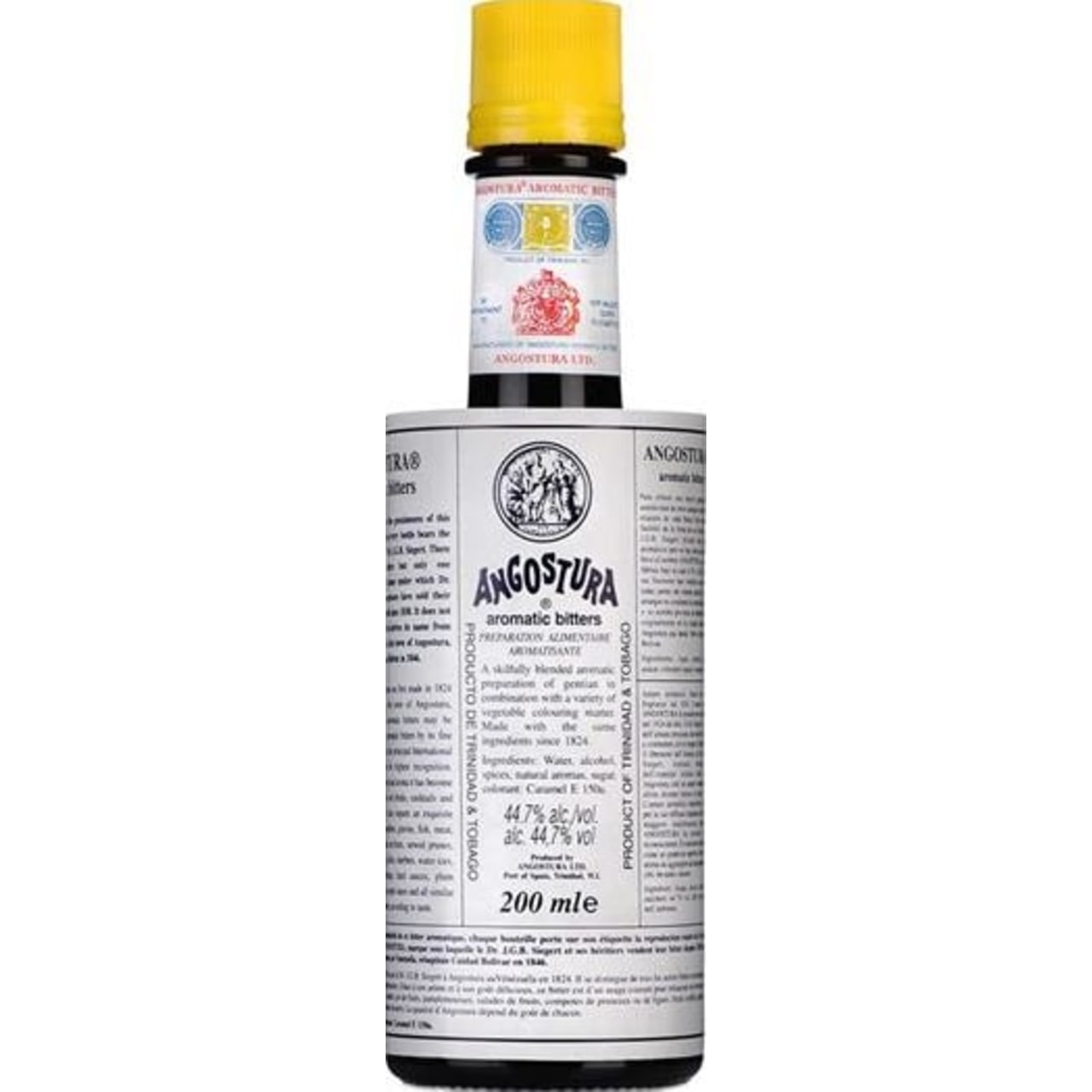An abridged, inebriated history:
The Singapore Sling as it is known today, was created by Mr Ngiam Tong Boon in the Raffles Hotel at the start of the 20th Century. (One of the earliest references to a sling is from 1897, almost 20 years before the Raffles created their famous version). His clientele were a glamorous and well-heeled bunch and were rightly appreciate of this now classic cocktail, which was very much geared towards the female market. Following the turn of the century in colonial Singapore, it was common to see the gentlemen nursing glasses of gin or whisky. Unfortunately for the ladies, etiquette dictated they could not consume alcohol in public, and for the sake of public modesty, fruit juices and teas were their preferred beverage. The young Ngiam thus saw a niche in the market and decided to create a cocktail that looked like a fruit juice… The rest, as they say, is history.
Established in 1887, Raffles was once the ultimate holiday residence for the rich and famous. The fashionable décor, tropical gardens and exotic touch appealed to wealthy travellers, and provided a more British respite from it’s South-East Asia location.
The Long Bar Ngiam worked in was equally charming, with illustrations of flapper girls and suited young men adorning the walls. Today’s tourists flock to the bar to stake a claim in the history of a place that played host to Charlie Chaplin, W. Somerset Maugham and Noel Coward, amongst many other famous faces.
The original recipe was lost in the 1930s, causing dispute over what makes an authentic Singapore Sling and – as with most, if not all historic cocktails – there is dispute over what formula is exact and whether or not pineapple juice should be included. The only constant factor seems to be the dash of Benedictine.
In recent years, London based Gin makers Sipsmith have created a limited edition gin especially for the Raffles Hotel, along with a signature serve that hopes to re-engage new patrons with the historic recipe by adapting it to modern tastes.





